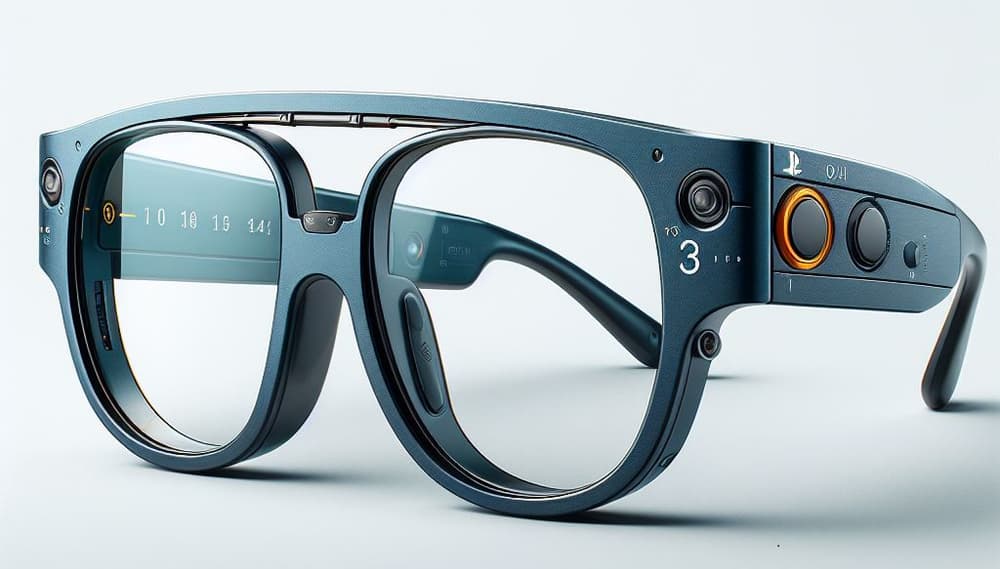

Tobii is one of the global leaders in eye-tracking technology. Their solutions have found applications across a wide range of fields, from scientific research to consumer electronics and healthcare. Tobii’s mission is to enhance the world with its technology, which provides insights into human behavior by understanding attention and intent. Their eye-tracking systems, which include both screen-based (Tobii Pro Spectrum, Tobii Pro Fusion, Tobii Pro Sparkand) and wearable (Tobii Pro Glasses 3) solutions, are designed to serve diverse needs.
The main challenges you might face when working with Tobii eye trackers include:
In general, Tobii seems to offer great tools that can serve you if you can afford them and if you want to set up a specialistic Lab where you want to invite panelists also for other experiments like EEG, GSR etc. But if you want to run experiments remotely, occasionally or at scale and you do not need participants present in your lab, there are other tools (also eye tracking) available on the market that are worth checking out.
If you’re on the lookout for something different than Tobii, or if you’ve hit a roadblock using it, you’re in the right spot.
Take a peek at these solid alternatives to Tobii eye-trackers that are worth your attention:
RealEye is a webcam eye-tracking platform, so an all-in-one tool to design, field and analyze eye-tracking experiments.
RealEye turns a standard webcam built-in laptop, smartphone, or tablet into an accurate, easy-to-use eye tracker. All the magic happens in the web browser (so panelists do not need to install any additional software) and may take tests from their homes (so there is no need to invite study participants to the lab). Apart from eye-tracking data that you’d typically get from a hardware eye-tracker, Realeye also measures attention (k-coefficient) and emotions. What is more all the tracking data may be exported.
RealEye can also be easily integrated with all survey tools (Forsta, SurveyMonkey, Questionpro…). The Realeye Standard license price is a fraction of the cost of a hardware eye-tracker and down the road the difference grows with usage as offline panelists are remunerated much higher than the online panel.
It’s worth noting that RealEye is 100% GDPR compliant and doesn’t store or record any videos or photos of study participants.
Tobii eye trackers are great, high quality, but if you don’t need to have letter size accuracy, 1200 Hz frequency or don’t want to use simultaneously EEG or GSR RealEye is a great alternative that is perfect for running market research studies. What is more RealEye license covers also platform to analyze the data (the platform is known to offer a great user experience and usability).
Hotjar is a comprehensive product experience insights platform that provides a suite of tools to help you understand user behavior on your website (but it doesn’t offer eye tracking). It combines behavior analytics with feedback data, allowing you to observe how users interact with your site and why they behave in certain ways. With features like heatmaps, session recordings, surveys, and feedback tools, Hotjar helps you gain a deeper understanding of your users’ experiences so you can make informed decisions to improve your website’s UX and conversion rates.
Hotjar is great for UX teams for basic research, it’s intuitive and easy to use and cheaper than any eye tracker.
Tobii eye-trackers and Hotjar serve the common purpose of understanding user behavior, but they do so through different methodologies and for varied use cases. Tobii’s eye-trackers are sophisticated devices that directly measure where a user is looking, providing precise data on visual attention and gaze patterns. On the other hand, Hotjar uses mouse tracking to infer user attention, which is less direct but offers a broader overview of user interactions on websites. It’s particularly useful for web designers looking to optimize website layouts and improve conversion rates.
The GP3 Eye Tracker is a hardware eye-tracker developed by Gazepoint so it comes with all the advantages and disadvantages of physical device. It’s a research-grade device that offers high-performance eye-tracking at an accessible price point. It features a 60Hz machine-vision camera for precise tracking.
GP3 has lower frequency that most of Tobii eye-trackers but has open API so the data from GP3 may be used with different software without any problem/ additional license. What speaks in favor of GP3 is price that is moderate compared to Tobii - this is affordable alternative eye tracking.
Attention Insight is an AI-driven (artificial intelligence) analytics tool designed to help marketers and design teams improve the performance of their designs before they go live. It uses an AI-powered algorithm to generate attention heatmaps. This allows for quick validation of design concepts, optimization of conversion rates, and testing of marketing materials.
Attention Insight and Tobii eye-trackers both aim to uncover insights into user attention and behavior, but they approach this goal differently. Attention Insight uses AI algorithms to predict where users will look on a webpage or design, providing heatmaps without the need for actual user testing. This can be particularly useful for quick feedback during the design process. Tobii, however, offers hardware-based eye-tracking solutions that measure actual eye movements, providing precise data for in-depth research in fields like psychology, neuroscience, and UX. The choice between the two depends on the specific needs of the project, whether it’s fast and predictive insights or detailed and empirical data.
This list and comparison of Tobii eye tracking alternatives and competitors does not cover all available options and tools, but we’ve selected those wich we think are the best.